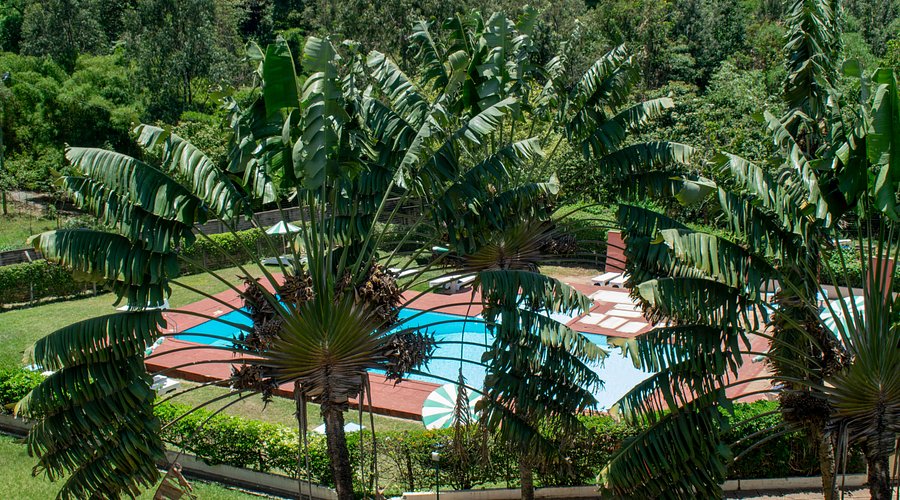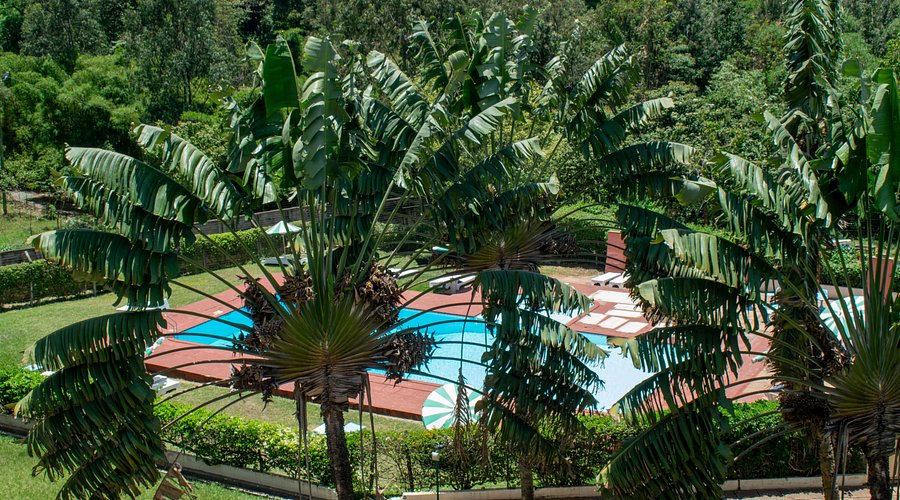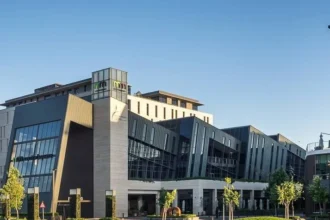At a Glance
- Vertical garden towers offer drought-hit Kenyan households food security with less water.
- Aid groups scale up garden tower projects to improve diets and reduce food costs.
- Towers provide fresh vegetables, income opportunities, and resilience against failed rainy seasons.
Kenyan families hit by drought and climbing food prices are finding relief in an unlikely tool, vertical “garden towers.” The waist-high structures, filled with soil or nutrient pockets, make it possible to grow dozens of vegetables in small spaces and with minimal water.
For households across Machakos, Kajiado and Turkana counties, the towers have become more than an aid project. They are a practical lifeline, helping families keep food on the table and, in some cases, earn a little money from surplus crops.
“I used to spend nearly all my market money on vegetables,” said a mother in Machakos who received a tower last year. “Now we eat from it every day. What we don’t eat, I sell at the market. Without it, we would still be struggling.”

Farming upward, not outward
Traditional rain-fed farming has faltered after five consecutive failed rainy seasons left much of Kenya parched.
With less water available, crops failed and food imports grew more expensive. Against that backdrop, the towers offer a measure of control.
Standing one to two meters tall, the structures let families plant kale, spinach, tomatoes and herbs using a fraction of the water needed for open-field plots. Field reports show that each tower can feed five to six people, with extra produce often traded or sold.
Aid groups scale up distribution
Organizations such as the USANA Foundation and 100 Humanitarians have distributed thousands of towers while teaching families how to recycle nutrients, manage pests and keep crops healthy.
In Wamunyu, one program set up 20 towers for households and schools, then followed up with farmer workshops to ensure the practice stuck.
Community clusters are proving effective. Some groups appoint “tower champions”, neighbors trained to troubleshoot and share knowledge, making sure the investment does not go to waste.

Promise and challenges
The towers are not without hurdles. A basic soil-filled unit costs $20 to $40, and aeroponic models, which can cut water use by up to 90 percent, are far more expensive, requiring pumps or solar panels.
Seeds, compost and training add to recurring costs. Without follow-up, towers can fall into disuse.
Still, aid workers argue the payoff outweighs the risks. “A tower is not just a garden,” said one project coordinator in Kajiado. “It is a small insurance policy against hunger.”
From household use to local markets
In Nairobi’s outskirts, community gardens now supply fresh greens to grocers and school feeding programs. Social enterprises are testing cooperative models where clusters of towers generate enough volume to supply hotels and lodges.
Experts stress the towers will not replace larger farms, but they can bridge gaps for families squeezed by drought and rising costs.
They help improve diets, cut food bills and give families a measure of resilience in a region where farming often depends on uncertain rainfall.
What lies ahead
The next step, aid groups say, is scale. Local manufacturing could bring prices down. Micro-financing schemes could make towers accessible to more households.
Partnerships with national food programs may help turn small pilot projects into long-term strategies.
For now, families continue planting upward, carving out hope from narrow plots of soil stacked into towers. And in homes where meals once depended on erratic markets and rainfall, the daily harvest feels like security within arm’s reach.














